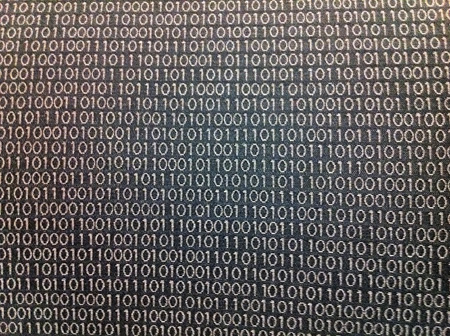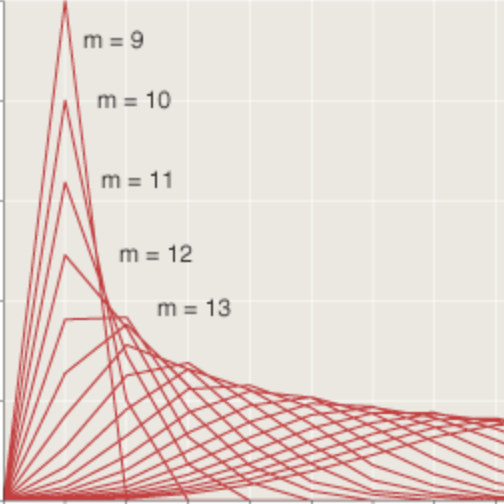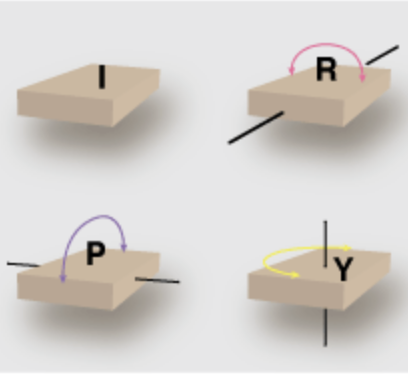Refrigeration by Filtering
by Brian Hayes
Published 5 May 2006
It’s no secret that the way to win fame and fortune in physics is to invent a better refrigerator. Michael Faraday and James Prescott Joule and J. J. Thomson (Lord Kelvin) were all thinkers or tinkerers in refrigeration; the Kelvinator brand alludes to the last of those pioneers. Einstein and Leo Szilard held dozens of patents on refrigerator designs. And workers in cryogenics have won at least 10 Nobel prizes, starting with Heike Kammerlingh Onnes in 1913.
Here’s the latest cool idea on how to chill out: Let the hot atoms in a fluid escape through nanopores that block the lower-energy atoms. William J. Mullin of the University of Massachusetts in Amherst and Neal Kalechofsky of Oxford Instruments America Inc. suggests three ways this might work. The abstract of their recent paper:
We consider the possibility of adding a stage to a dilution refrigerator to provide additional cooling by “filtering out” hot atoms. Three methods are considered: 1) Effusion, where holes having diameters larger than a mean-free path allow atoms to pass through easily; 2) Particle waveguide-like motion using very narrow channels that greatly restrict the quantum states of the atoms in a channel. 3) Wall-limited diffusion through channels, in which the wall scattering is disordered so that local density equilibrium is established in a channel. We assume that channel dimensions are smaller than the mean-free path for atom-atom interactions. The particle waveguide and the wall-limited diffusion methods using channels on order of the deBroglie wavelength give cooling. Recent advances in nano-filters give this method some hope of being practical.
The plan sounds a little like Maxwell’s demon without the demon. The nanopores don’t have to be opened and shut for individual atoms; they discriminate naturally between various energy states of the atoms. Or at least that’s what Mullin’s and Kalechofsky’s calculations suggest; the crucial experiment has yet to be performed.
arXiv link: Theory of cooling by flow through narrow pores.
Update 2006-05-16: Oops. Lord Kelvin = William Thompson. Lord Kelvin ≠ J. J. Thompson.
Responses from readers:
Please note: The bit-player website is no longer equipped to accept and publish comments from readers, but the author is still eager to hear from you. Send comments, criticism, compliments, or corrections to brian@bit-player.org.
Publication history
First publication: 5 May 2006
Converted to Eleventy framework: 22 April 2025



still sounds like a Maxwell demon to me!
Dear Brian:
That’s some company you’ve put Bill and myself in! I’m not sure I’m comfortable with “nanochannel refrigeration” having to live up to such billing, but I certainly appreciate our work being noticed.
btw it’s interesting that this is evidently a site primarily dedicated to computer science since ultimately the application for a “nanochannel refrigerator” would be to create an environment in which a quantum computer could operate.
It seems to me that there’s a fourth way to refrigerate that may not have been considered. If starting from a reasonably collimated beam of relatively cold atoms (read: atoms with a deBroglie wavelength of the same order of magnitude as the diffraction grating described below), than it ought to be possible to constuct a diffraction grating that would work on the atoms in the same way that normal gratings work on light — i.e., disperse them in different directions depending on their wavelength. For light this results in the creation of “rainbows” of different colors; for atoms, it means separating cold ones from hot ones.